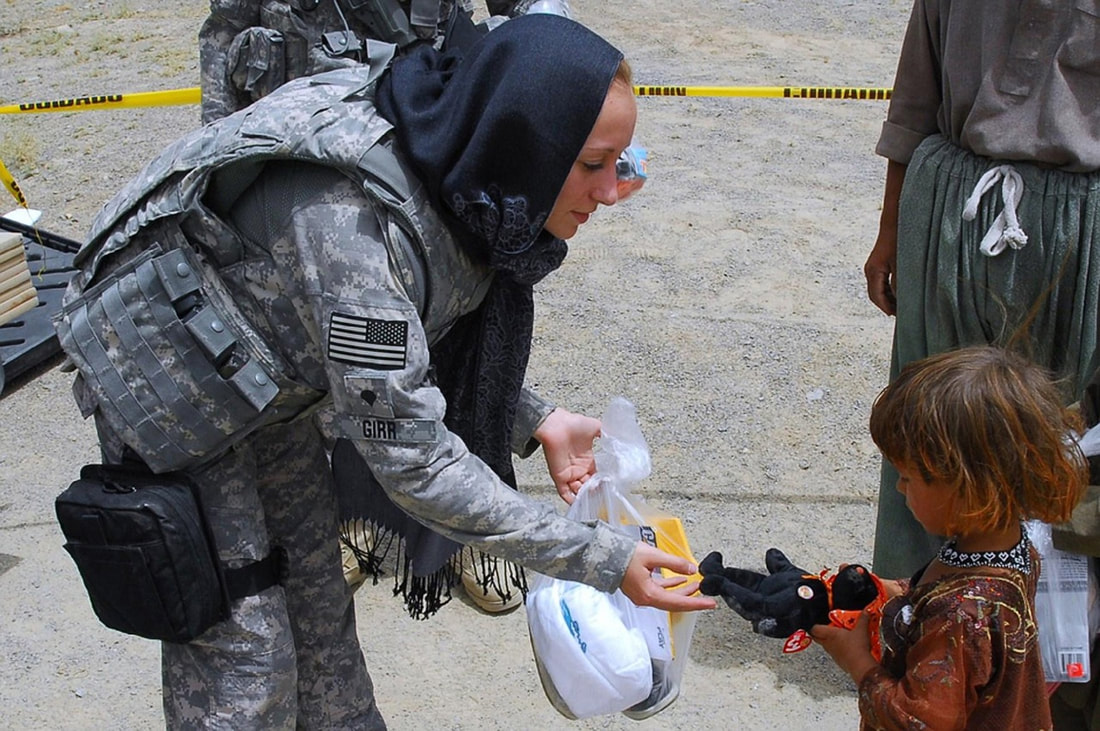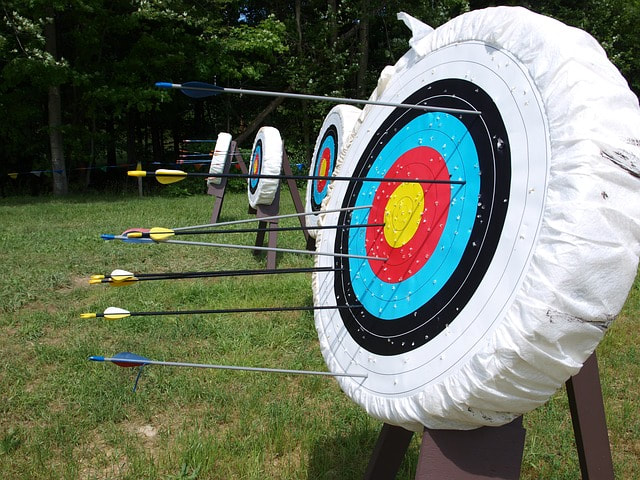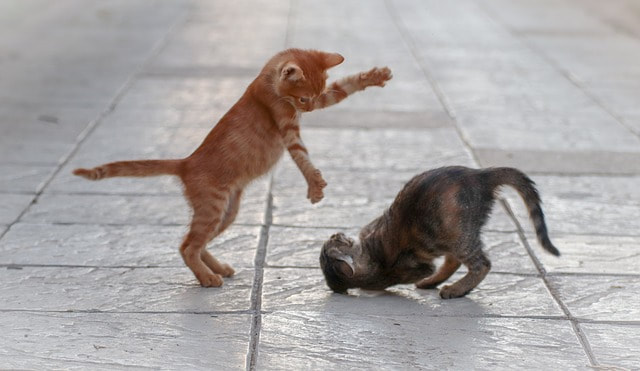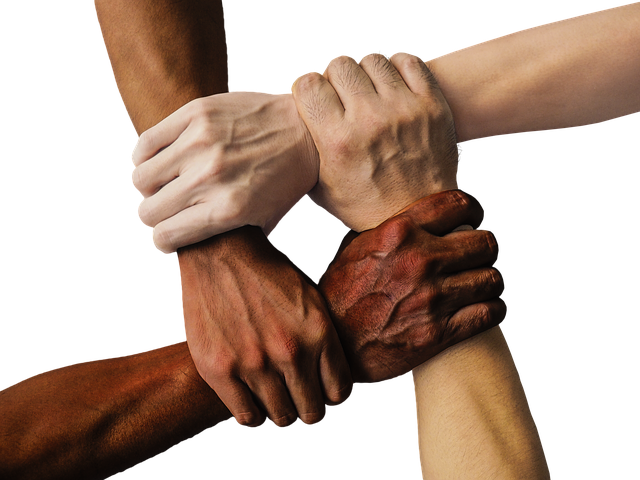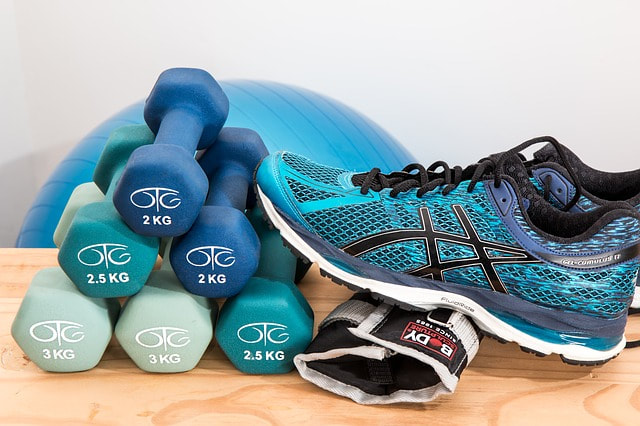Our longtime friend, mentor, and collaborator Luke Hohmann (SAFe® Fellow and Principal Consultant) reposted a post from Em Campbell-Pretty, about making sure you have baseline metrics before you start an Agile Transformation. Now we don’t know Em personally, but if she’s in Luke’s trusted circle, she’s in ours. While some of our clients are Agile, some are not (although most are reasonably flexible). So this got me thinking about what metrics are needed for any kind of change or transformation. Steve and I have helped many organizations do that – ensuring that their teams were all on the same page, and running toward the same goals, if not always in the same direction. We also try to avoid having them run with scissors.
The fact of the matter is this: no matter what type of change or transformation you are trying to make, whether it’s in your organizational structure, your product process, or your own personal career, there are three key questions you need to ask. If you don’t, you might never get to your destination – or worse, you might arrive at “destination unknown”. These are the questions:
- Where are you now?
- Where do you plan to go?
- How will you know you’ve arrived?
No matter what system you’re using, or how you measure, if you can find a way to measure each of these things, before you begin, it’s much more likely you’ll have a pleasant journey.
I’m Megann Willson and I’m one of the Partners at PANOPTIKA. We work with our clients to help them see everything they need to make better decisions – using better data, a better approach, or better metrics. If you need help deciding which metrics will work best for you and your team, so that you can find, serve, and keep more customers, we can help. You can also follow us on Twitter, Facebook, or LinkedIn. For more news you can use to help you or your team to make better decisions, click the handy button, below.


